18th IAPR International Conference on
Discrete Geometry for Computer Imagery
10-12 September 2014 Siena, Italy


Invited speakers
Peter Gritzmann
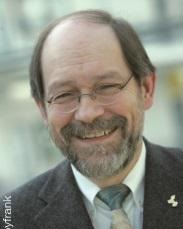 Title: On discrete Inverse problems: theory, algorithms and applications
Title: On discrete Inverse problems: theory, algorithms and applications
Abstract: Natural and material sciences provide a wealth of mathematically and algorithmically
challenging discrete inverse problems. A well-known example dealing with the reconstruction of crystalline structures
given through high-resolution transmission electron microscopy sparked, 20 years ago, the development of the field of
discrete tomography.
The talk will focus on problems coming from new applications: A. Plasma particle tracking, B. Diffraction tomography and
C. Grain map reconstruction. Problem A from particle physics requires novel developments in
dynamic discrete tomography.
Problems B and C are fundamental in material sciences; mathematically, B leads to hypergraph matchings
while C involves new clustering algorithms providing power diagrams.
The results reported in the talk are joint work with Andreas Alpers (A, B, C), Andreas Brieden (C), Carl Georg Heise (B),
Dmitry Moseev (A), Henning Poulsen (C), Mirko Salewski (A) and Anusch Taraz (B).
Marco Gori
 Title: Learning to see like babies
Title: Learning to see like babies
Joint work1 with Marco Lippi, Marco Maggini and Stefano Melacci
Abstract: Three years ago, researchers at Google labs extracted some 10 million images from YouTube
and fed them into what was popularized as the Google Brain - a network of about 1,000 computers
charged of making predictions all over the Web. In addition to this extraordinary effort, we have been
experimenting a growing interest in merging computer vision and machine learning techniques, with
special emphasis on deep learning models, which seem to overcome the limitations of shallow
architectures like Support Vector Machines. While all this is definitely exciting, it is not clear how those
machines can actually perform on unrestricted visual environments involving video more than single
images.
In this talk, we present a new approach to unrestricted computer vision, where our visual agents
live in their own environment by capturing video streams with the purpose of learning to see, thus
following the typical human developmental plan to acquire visual skills. Basically, they are capable of
working in any visual environment and acquire visual concepts by human interaction only. We discuss
the basic idea and exhibit our LEASE2 software system on simple visual environments, so as to give a
clear picture of its functional behavior and concrete capabilities. Finally, we propose a crowd-sourcing
approach to evaluate the mechanisms of learning to see, and we claim that it can potentially suggest
other novel approaches, and a truly paradigm shift on the way the research in computer vision will be
carried out for the years to come.
1 This research has been carrying out by the DVA team at the University of Siena
https://sites.google.com/site/deviagents/
2 LEASE is the acronym of LEArning to SEe
Lorenzo Robbiano
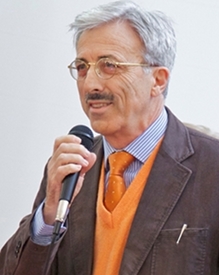 Title: Algebraic Schemes and Images
Title: Algebraic Schemes and Images
Abstract: In this talk we consider some fundamental problems in object
recognition and reconstruction transferred into an algebro-geometric environment.
In particular, we address the problem of detecting special curves and surfaces inside
images.
If you look at these images, you can recognize special curves.
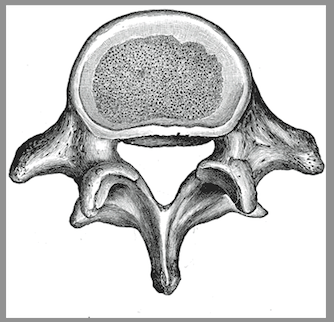
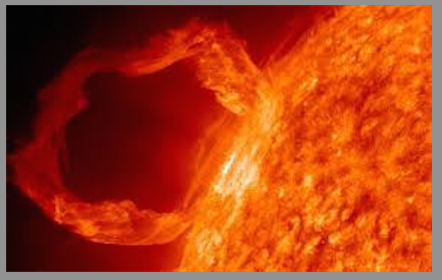 How does it mean recognize? Is there any interest in doing this?
How does it mean recognize? Is there any interest in doing this?
Somehow surprisingly, we employ classical notions such as rationality, algebraic
families of schemes, hyperplane sections, to better understand and possibly
improve typical tools of digital image processing, for instance the Hough Transforms.
In the conference I will explain the connection between these two apparently
disconnected worlds of images and algebraic geometry.
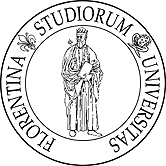 |
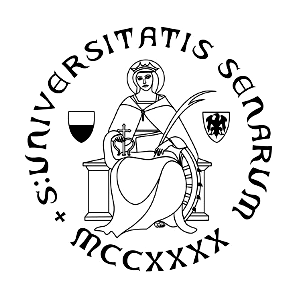 |
 |
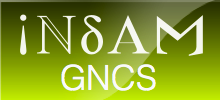 |